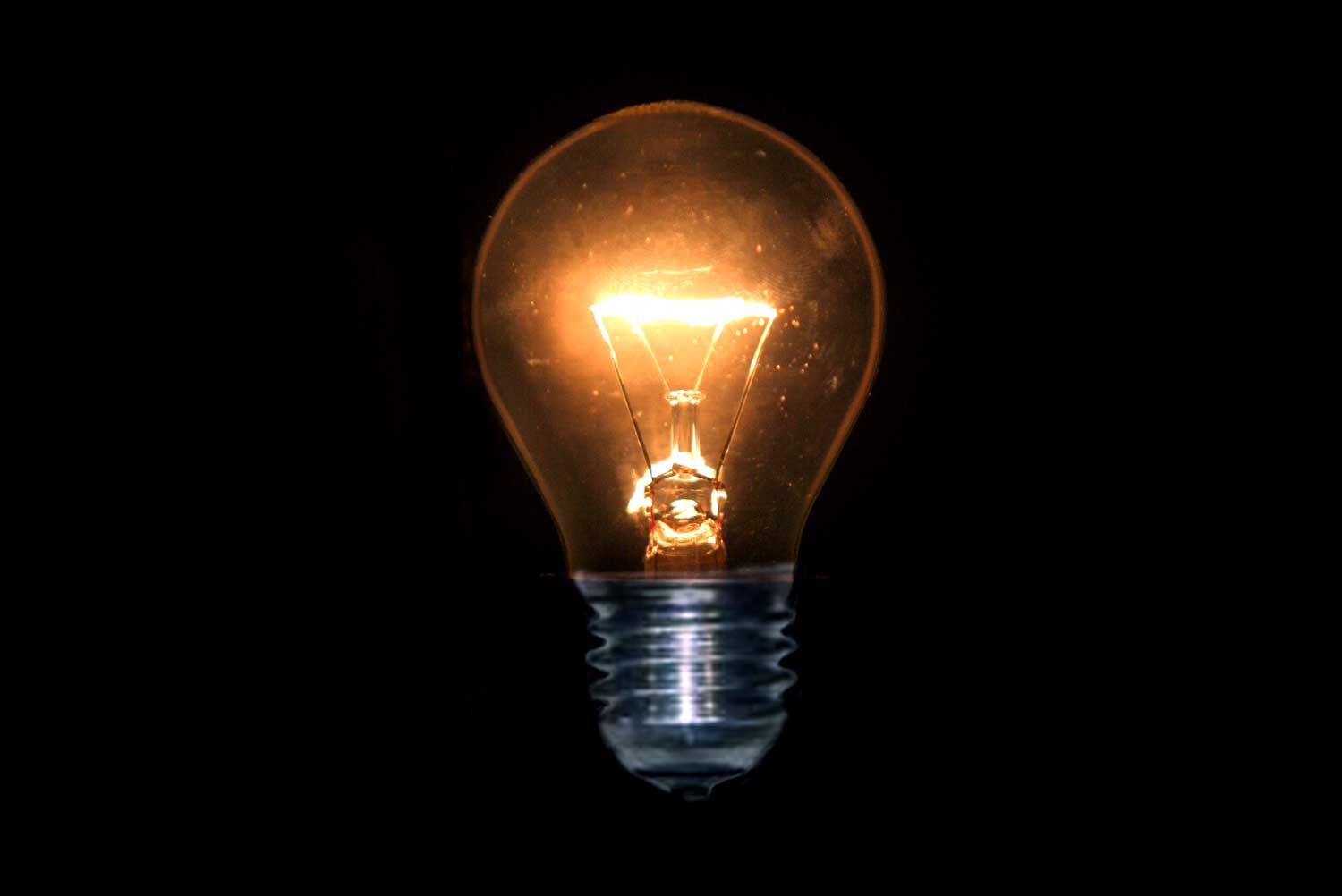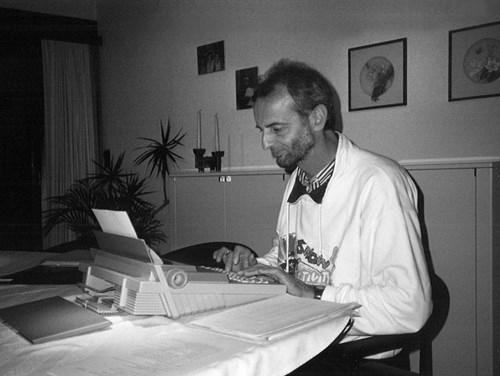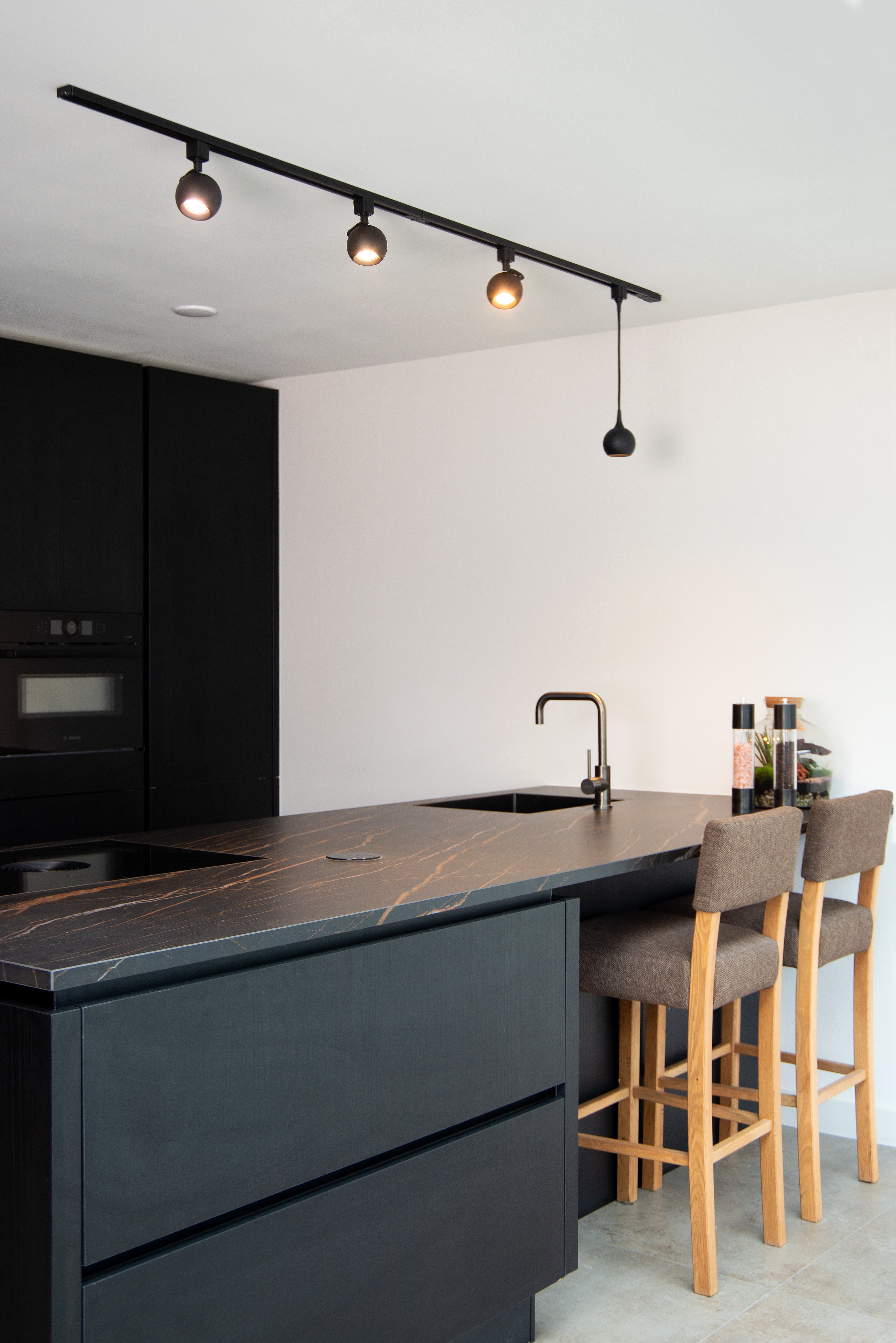Lighting is an essential aspect of our daily lives. We often don't pause to reflect on it, but the way we illuminate our surroundings has significantly evolved over time. From the warm glow of candles to the energy-efficient LED bulbs, the evolution of lighting technology has had a profound impact on our living environment. In this blog post, we delve into the history of lighting and explore the fascinating journey from candlelight to LED lighting.

The Origins of Lighting:
If we trace back to the very earliest forms of lighting, we arrive at candles. Candlelight served as the primary source of illumination in homes, streets, and even public spaces for decades. The oldest candles date back to 3000 BC and were crafted from animal fat. Later, beeswax and vegetable oils were used to produce candles. While candles created romance and ambiance, they also had their drawbacks, such as limited burn time, fire risk, and soot formation.

The Rise of Gas Lighting:
The next significant advancement in lighting came with the advent of gas lighting. In the 19th century, gas lighting became a popular choice for cities and households. Gas lamps, powered by town gas (made from coal), provided brighter and more reliable light than candles. City streets were illuminated, and nightlife took on a new dimension. Despite the improvements, gas lighting also brought challenges, such as odor, fire hazards, and dependence on gas pipelines
The Electric Revolution:
It was the discovery and development of electricity that paved the way for a true revolution in lighting. In 1879, Thomas Edison created the first commercially viable incandescent light bulb. This innovation marked a turning point in the history of lighting. Incandescent bulbs provided a more efficient and sustainable source of light. They quickly gained popularity and gradually replaced candles and gas lamps.
Although incandescent bulbs represented a significant leap forward, they also had drawbacks. They consumed a lot of energy and had a limited lifespan. This led to further research and development in the field of lighting technology.
The Emergence of Fluorescent Lighting:
In the 1930s, fluorescent lighting was introduced as a more energy-efficient alternative to incandescent bulbs. Fluorescent lights operated by generating light through a gas discharge. They were much more energy-efficient and had a longer lifespan than incandescent bulbs. Although fluorescent lighting was more effective, it had its own drawbacks, such as the initially cool and less appealing color rendering.

The Origin of Lucide:
A year before the emergence of LED lighting as a light source in 1992, the brand Lucide was born. The founder, Ward Mertens, aimed to be part of the constant evolution that lighting was going through. Not just to go with the flow, but to paddle on his own. Light is not only practical; it can also be beautiful. As a result of his foresight, Lucide remains a steadfast presence in the world of lighting 31 years later. Based in Deurne, the Lucide team strives to support this vision and assist customers to the best of their ability. All of this is now under the watchful eye of Ward's son, Niek.
The Rise of LED Lighting:
The most significant leap in lighting technology came with the advent of LED lighting. LEDs (Light-Emitting Diodes) were originally developed for other applications, such as electronic displays. However, over time, they were optimized for more general use. LEDs offer numerous benefits, including energy efficiency, longer lifespan, compact size, and environmental friendliness. They have radically transformed the way we approach lighting.
Today, we find LED lighting all around us, from homes and offices to street lighting and automobiles. They are available in various color temperatures, making them suitable for a wide range of applications and atmospheres. Furthermore, the continuous advancement of LED technology has resulted in improved performance and more advanced features, such as "dim to warm" and smart lighting systems that can be controlled via mobile apps.


Conclusion:
The evolution of lighting has been a fascinating journey, from candles and gas lamps to incandescent bulbs and ultimately LED lighting. Each new technology brought improvements in efficiency, sustainability, and performance. With the advent of LEDs, we've undergone a revolution in the lighting industry. The future of lighting looks even brighter, with ongoing innovations that help us conserve energy, adapt our environment, and explore new possibilities.
Whether we nostalgically reflect on the soft glow of candles or enjoy the benefits of modern LED lighting, one thing is certain: lighting will always play a crucial role in our lives. It not only illuminates our physical spaces but also has the power to influence moods, create atmospheres, and allow us to appreciate the beauty of our surroundings and, of course, each other.
Lucide – Illuminates your world

